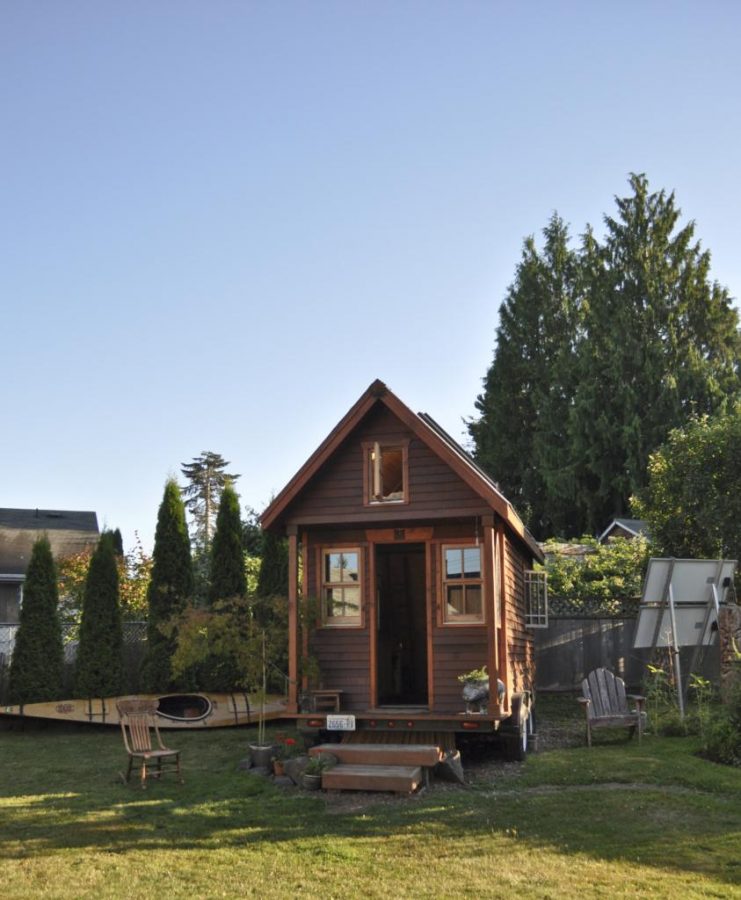
Utah needs to consider changing its zoning regulations and housing codes, especially in the city, to accommodate housing options that take up less space. Salt Lake City is growing exponentially, and it makes sense that housing regulations need to keep up with the growth rate. So, what better way to do that than by hopping on the tiny house train?
I don’t speaking with much experience on tiny homes, but I am speaking from research based on a dream I plan to pursue after college. Tiny homes are something I have always been interested in. Who isn’t fascinated by these little architectural beauties? After hours of scrolling through pictures and videos on how to create them, where to put them and all of the little hacks on how to utilize space, I have accumulated enough information on these little guys to make my decision on pursuing this dream of mine. So, I’ve recently confirmed that I’d like to possibly start a movement for the progress towards constructing more tiny houses. The only major issue I can think of now is, where would I park it?
You would assume that parking your tiny house in your backyard or around your property would be allowed. This isn’t the case. According to most zoning laws in the U.S., you aren’t allowed to park your tiny house on your property. Some of this is due to the lack of accessibility to the necessities that run a tiny house.
One option for Utah in solving this issue would be to allocate certain portions of land to tiny house residences where people could park their small homes on wheels. These would function similarly to trailer parks, but allow for larger, more uniquely shaped homes. Tiny houses have different necessities than regular mobile homes or trailers, so designating land specifically for those tiny houses would be greatly beneficial.
Another option would be loosening the zoning regulation laws around cities that are growing such as Salt Lake City, Provo and Orem. This way, people would be able to park their tiny homes on their owned property, like in backyards. People could also park their tiny homes near the city, the Great Salt Lake, Utah Lake, Jordanelle and other spots. There would need to be previously arranged pipes and wire lines constructed so the homes could function. It is possible to construct all this on your own, but it is costly.
According to tinyhousebuild.com, “Zoning can require minimums for emergency vehicle access (safety); sewer or septic connections, rainwater runoff control, municipal water or well water hookups (health).” As for the building codes that most states have agreed on, these are a few regulations that restrict people’s freedoms to live in areas of their choosing. Restrictions also include, “Minimums for lot size, square footage of houses, and restrictions on how many residences can occupy a lot or given area (financial, as these largely “protect” property values).”
For now, there are few places to park your tiny homes in Utah. Fortunately, the tiny home community is growing and hopefully, we can look forward to a change in regulations and zoning laws to accommodate these smaller living styles.
https://tinyhousebuild.com/understanding-zoning-and-tiny-houses/
